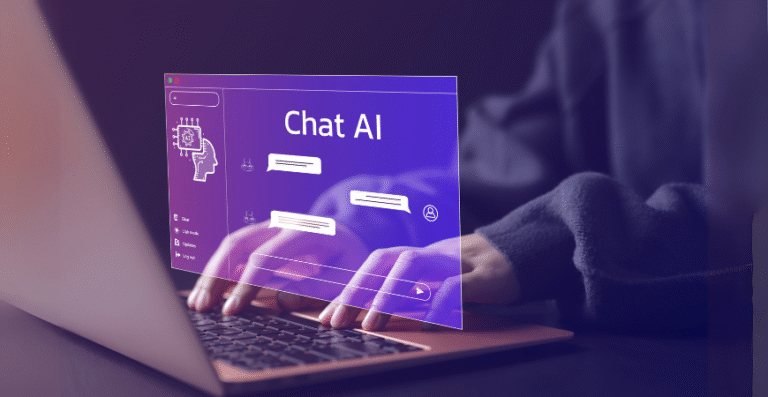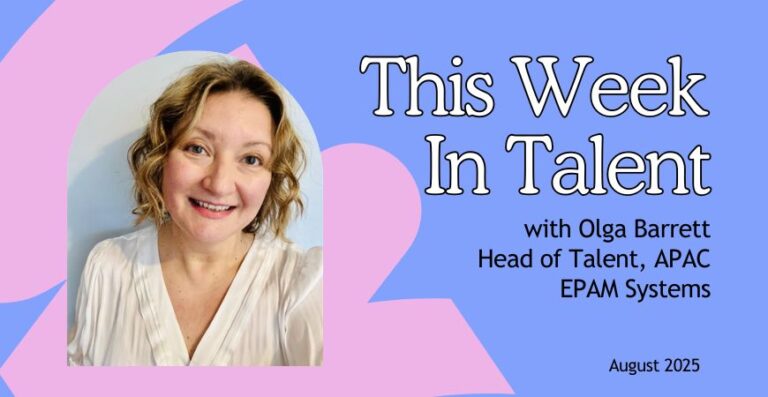There has been lots written about the impact of artificial intelligence (AI) on work and jobs. Thirty years ago, when I was working in the semiconductor industry, AI was a hot topic but promised what could be not fulfilled. Computers were not powerful enough nor was there enough useable data to make good predictions. We made jokes about the poor performance of systems that purported to use AI such as Apple’s early personal assistant, the Newton, that misspelled almost everything.
But in those intervening years computers grew exponentially more powerful and with the advent of the internet, data became abundant. The science of AI matured and rapidly advanced. The iPhone with its apps such as Siri and Alexa showed what was possible.
Inevitably, the convergence of AI, automation, design thinking, remote work, changing attitudes toward work and the move to more agile organizations has changed many aspects of corporate life and will require a complete revamp of how we do everything.
We have seen the rise of tools built on AI in many areas from chatbots that provide information and answer questions to e-commerce sites such as Amazon that anticipate our needs and desires and offer us products based on the data it can access about our interests and past actions and even adjusts the price according to demand and sometimes personal preferences. Things attached to the internet (the Internet of Things or IoT), which includes GPS trackers, blood pressure monitors, heart rate counters, smart watches, temperature sensors and more, provide continuous input for the machine learning and algorithms that lie underneath all of this.
Artificial intelligence has also made its entrance into human resources and recruiting. ChatGPT is one example, which we will discuss in detail later. Many tools will augment or automate parts of the recruitment process. By augment I mean tools that still require human involvement and judgment but improve speed, provide better-quality candidates and reduce the workload of recruiters, while automated tools take over the complete job.
It is now possible to use algorithms to find potential candidates, assess their capabilities and skills, determine the appropriate salary and conduct background checks, to list just some of the emerging capabilities. Large amounts of storage, fast processors and affordable access have given us the ability to tap into the data that comes from career sites and that is stored in application tracking systems and human resources information systems. This provides data for algorithms to assess candidates’ capabilities, skills, culture fit and the probability that they will be productive employees.
Data
Data is the key to the ability to make predictions, correlations and develop probabilities. Data is the raw material of our time just as iron and other minerals were for the industrial era and land was for the agricultural era.
Data can be everything that can be coded and stored in a computer. Data encompasses facts, numbers, images and photographs that are stored on computer servers or in the Cloud. Data is being accumulated in vast amounts as we use the internet to shop, talk with friends, send emails, post to social media sites, look up information and post photos. The term Big Data is used not just to describe lots of data, but also a high velocity of data and a large diversity in data. Big data isn’t just about having lots of data, but also data from different, often unrelated sources which often have different identifiers, making it hard to link the sources and one or more sources with a high velocity of renewal of this data. Mastering the analyses of Big Data led to the remarkable progress in AI we’ve witnessed over the past years.
Facebook uses the social interactions of its users to identify patterns that can then be used to advertise products. For example, if a user frequently comments on a type of music or a particular performer, they will see more content and advertisements that include that performer or their music. This type of pattern identification has led to billions of dollars in advertising revenue.
Over the past decade especially, the number of people who have a presence on the internet or in the Cloud has increased exponentially. Virtually everyone in a modern economy with a smart phone, tablet or computer has an identifiable presence. It has become impossible to hide or not be visible to those with the tools to search the data. Recruiters are now able to find people with specific skills, experience or education using sophisticated algorithms and search capabilities.
Analytics
The selection and hiring of people is fraught with bias and subjectivity. Psychologists have assembled long lists of these biases which include our tendency to reject new evidence that contradicts something we believe to be true. This is called selective perception bias. Or the tendency to search for and remember information in a way that confirms our preconceptions, called the confirmation bias.
For example, if we believe that people with high GPAs, for example, are better workers, then we will seek evidence to prove that and dismiss any that contradicts it. If we believe an academic degree from a certain university is preferential, we’ll remember the failures from another university, and consider the mis-hires from that university ‘outliers’ that need to be ignored, just like the great hires from a different university are ‘lucky shots’.
Recruiters also often rely too heavily on one trait or piece of information when making decisions – often the first piece of information acquired or the information obtained from a trusted source. If someone recommends a candidate, for example, that recommendation may outweigh any facts that contradict or suggest that the person is not so good.
Many recruiters and hiring managers also suffer from what is called the ‘hot hand effect’ which is the fallacious belief that a person who has experienced success doing something has a greater chance of further success in additional attempts.
Analytics can help dispel many of these by simply looking at the data. Of course one needs to realize that internal data is by definition biased because of past biases. A law firm from Amsterdam that historically only recruited from the universities of Amsterdam or Leiden will have data that will reflect that their best candidates come from these universities. Perhaps also, because of this bias, their view that that no good recruits would ever come from Maastricht or Tilburg will have limited the career development of the few they did hire from those universities.
In recruiting, data can be gathered from hundreds of sources including the applicant tracking system, the career site, the HR information system, internal emails and data gathered incidentally while signing up for a newsletter, responding to an email or filling out an application. This data can be analysed to determine why some employees are better performers than others. Successful employees most likely have traits, abilities, skills or personalities that make them more successful than other employees. Because of the huge volume and complexity of data, a recruiter could never access or make sense of all the data that might be available about top performing employees. Machine learning can analyse this data and use it to recommend candidates with the highest probability of superior performance by matching their competencies and traits to ones previously discovered to indicate high performance.
Algorithms
Every human has a set of values, beliefs, biases and expectations that we use, consciously or not, to make decisions about everything, whether it is the food we prefer, the brands we buy or the people we like. These are human algorithms, and they are formed from our experiences, education and family background. Recruiters use their human algorithms to subconsciously evaluate candidates during an interview on a wide variety of factors from appearance to a judgement of their capability and personality. We all have biases that affect our decisions.
One of the advantages of algorithms is that they promise to be unbiased and only use data to weigh their recommendations. For example, an algorithm might assign different weights (amounts) to various factors or traits (ingredients) to reach a conclusion (cake, for example). An algorithm, to use a very simplistic example, might recommend a candidate to a recruiter based on weighting 10 per cent to education, 30 per cent to experience, 50 per cent to a specific competency or skill and 10 per cent to personality. Each candidate would be ranked according to how well they matched these criteria. The algorithms would not know what the person looked like, what race or gender they represented, nor how they were dressed.
However, most algorithms learn from past data. If that data was biased, then the algorithm will also be biased. An example of how this can happen was an experience at Amazon. An algorithm was asked to recommend people for a certain engineering position. The result was that everyone it recommended was male. No females were included. In examining the algorithm Amazon discovered that most past hires for that position were male and the computer learned that males were preferred and excluded all female candidates. Even if gender wasn’t a piece of data in the dataset, the algorithm would look at gender related data like ‘chair of women’s chess club’ or ‘fraternity vs sorority’. And of course some job titles, like waiter and waitress, on a CV are gendered too and as those differ per language, it’s really hard to exclude all of those factors. Also, although never confirmed, rumour has it that some companies used salaries as a determinant for quality of the individual. However, your salary and your salary increases are as much influenced by your negotiating ability as it is by your performance; so for example some companies that were looking for engineers may have defined the best negotiating engineers as the best engineers. Whether true or not, having an accurate datapoint on quality of hire is very hard.
We have learned a lot from this experience and are much more careful about examining the data used to develop algorithms and to carefully examine the output for bias. In Australia the University of Technology Sydney (UTS) has developed the world’s first independently audited ethical talent AI process1 and can certify an algorithm as fair and unbiased. We will see more algorithms certified this way as the United Nations, as well as the World Economic Forum, are embracing certification.
References
UTS (2020) A world first for ethical AI, 8 December, www.uts.edu.au/about/ faculty-engineering-and-information-technology/news/world-first-ethical-ai (archived at https://perma.cc/56CQ-TNSX)
This extract from Talent Acquisition Excellence by Kevin Wheeler and Bas van de Haterd is ©2024 and is reproduced here with permission from Kogan Page Ltd. Available on Booktopia.








